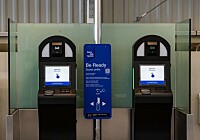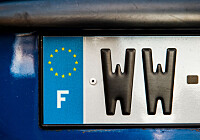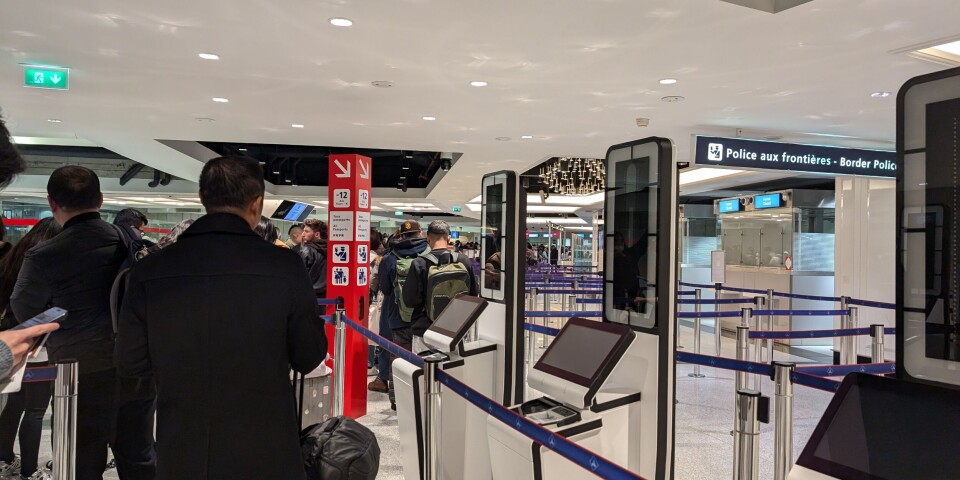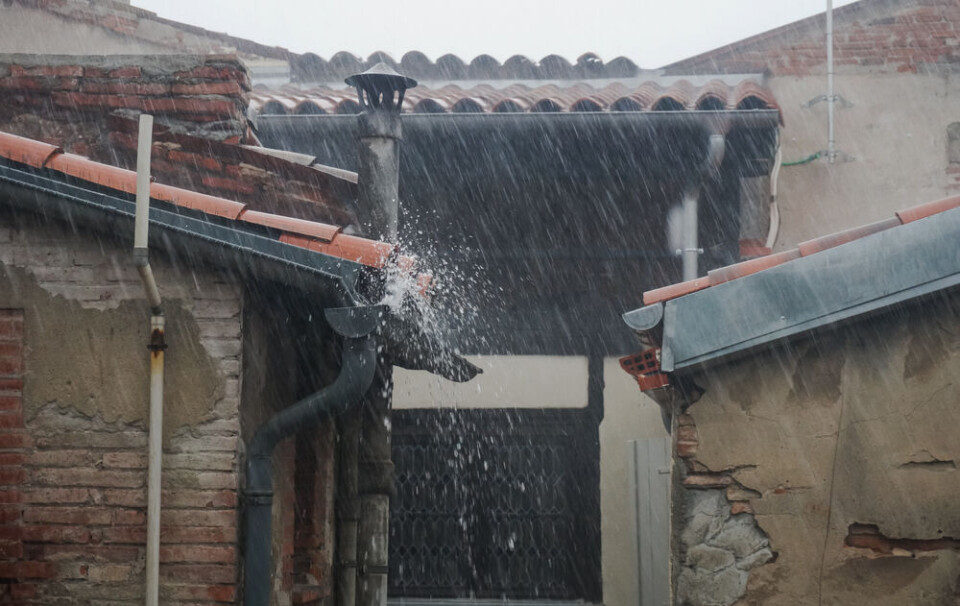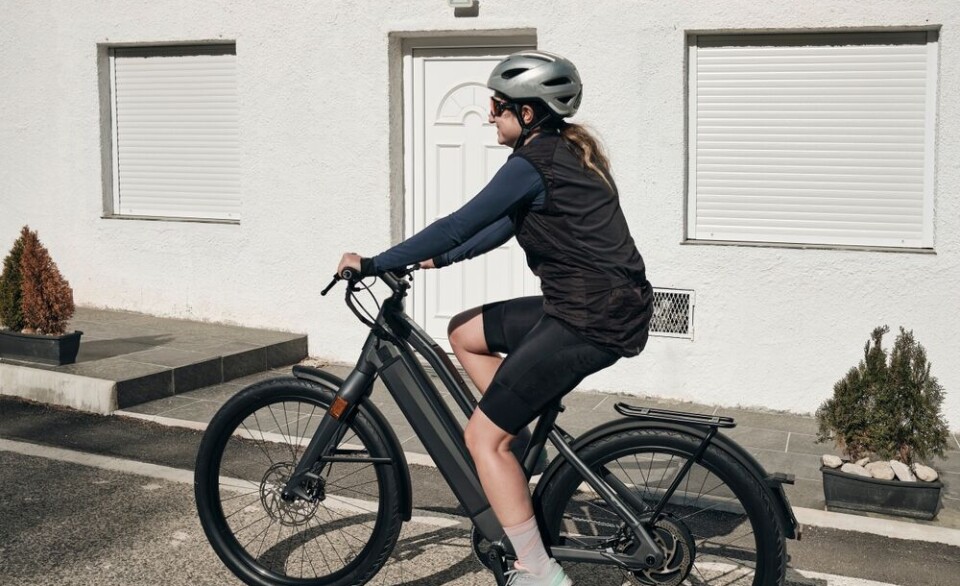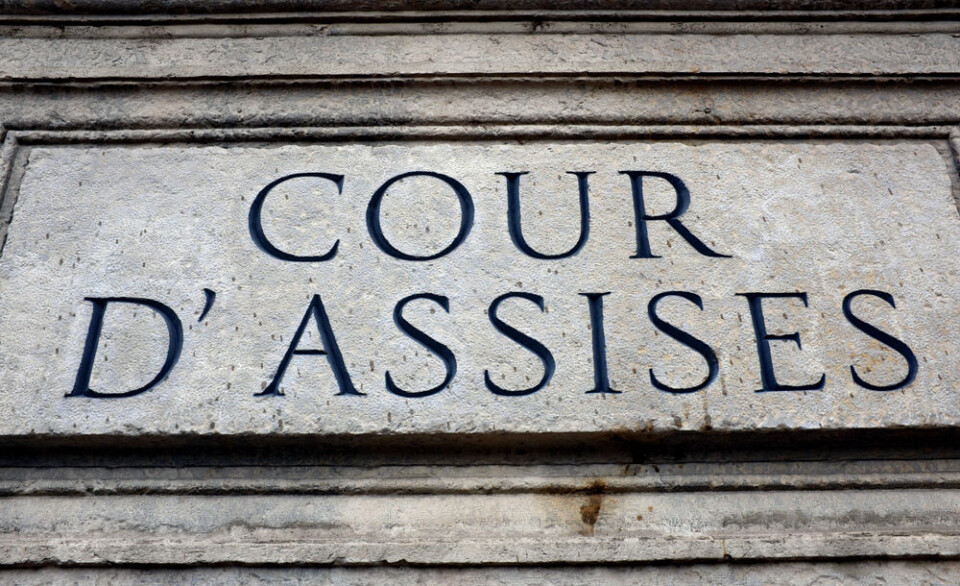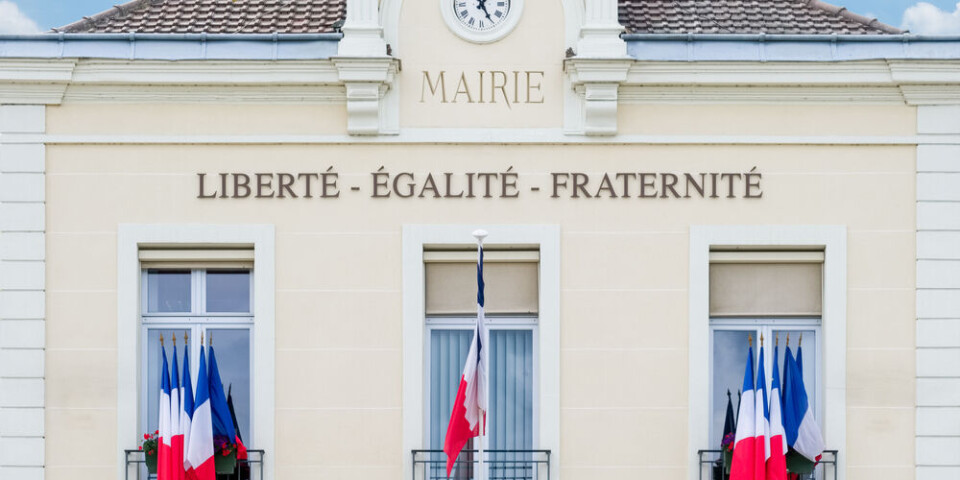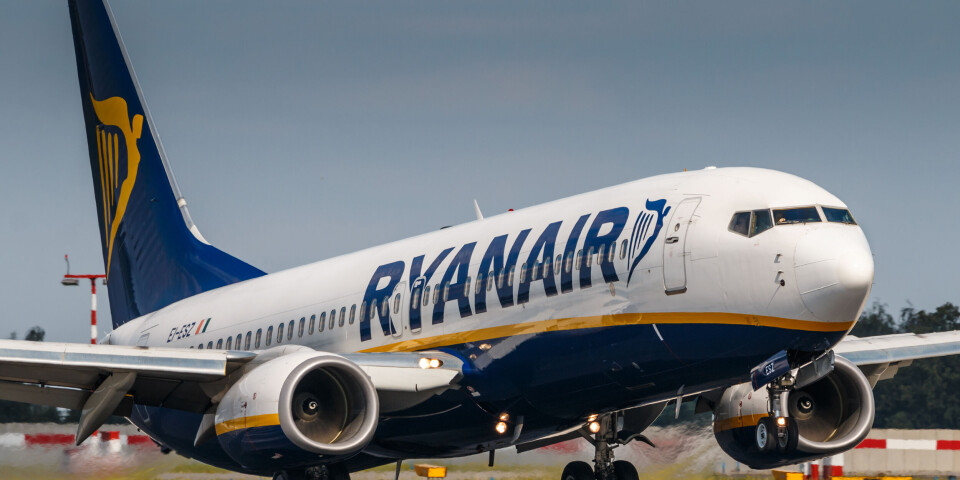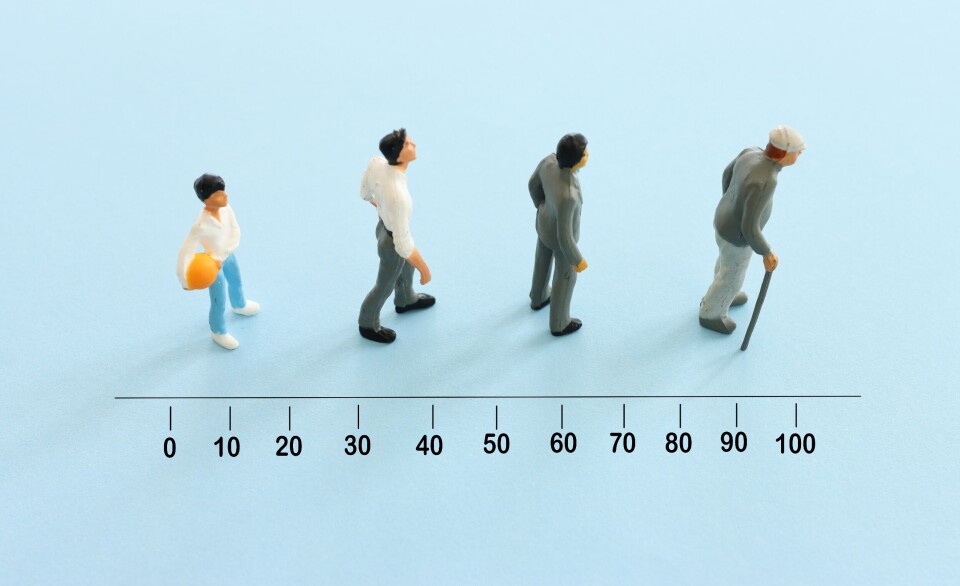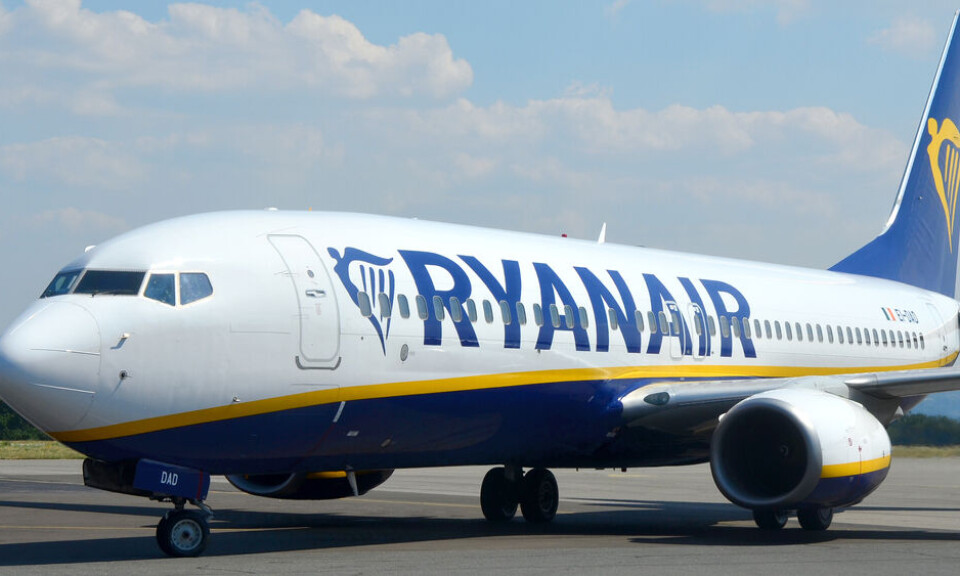Long waits reported elsewhere but France limits EES to two hours a day
The French approach has been to start low key and without ‘travel questions’
So far extra queuing time in France has not been reported
Copyright (c) 2024 franckpoupart/Shutterstock. No use without permission.
UPDATE (17:35 20/10/25): Ports de Normandie, which runs the ferry ports of Cherbourg, Caen and Dieppe, reports having started operations as of October 12, but "as agreed in the deployment programme negotiated between the French government and Europe, checks will initially only be carried out on pedestrians". The port authorities, state and travel companies will be taking stock of any issues that arise prior to ramping up EES usage in due course, notably for people in cars.
Up to three hours of waits have been reported for non-EU passengers at Brussels airport linked to the new EES digital borders systems – but France’s low-key start is so far without reports of delays.
One US traveller told the Brussels Times she was left queuing for around three hours last week after arriving in the Belgian capital, adding that there was “nobody there to brief you or tell you what was going on”.
She also reported being surprised that her passport was stamped, despite her having to undergo the new digital registration.
In fact, stamping is expected to continue in tandem with EES at least during a six-month ‘phasing-in’.
Social media users also posted videos of people standing in long queues at Brussels and complaining that the queues were “virtually non-existent in comparison” for people in the EU lanes.
It came after delays were also reported in other major cities including Lisbon, Geneva and Prague.
In France, however, the government working together with the country’s 70 or so Schengen border points (airports, ports, stations…) opted for a very gradual start, with the Interior Ministry telling The Connexion that at many points the first days would see EES in operation for just two-hours a day.
EES affects those who are non-EU/non-EEA/non-Swiss nationals visiting France or the wider Schengen area either on a short-stay visa or on a visa-free trip of no more than 90 days in any 180-day period. So, people with a French/EU residency card are not directly affected, but could potentially be caught up in longer queues.
If you are subject to the procedures, you can expect as a minimum, to have your passport scanned to create a new database entry, including your passport details such as name and date of birth, as well as the date and place or your entry into the Schengen area (or exit from it).
In the first two months of operation, so until mid-December, border points can opt to not also require you to have a facial image and right-hand fingerprints taken.
Children under 12 are exempt from fingerprinting.
So far, it is expected that in most cases passengers will also not be asked extra ‘travel questions’ about their trip, with EES pre-registration booths generally having these turned off, at least as the system beds in.
Two hours a day
As EES got underway, the EU’s new ‘phased start’ regulations only required at least one border point per country to actually start operations, with those confirmed as doing so in France including Eurotunnel and the ports of Dover and Calais (for some coach passengers only) as well as Eurostar.
The Interior Ministry said: “In France, the vast majority of border crossing points (including the port of Dover, London St Pancras station and Eurotunnel in Folkestone) will begin to use EES on a small scale between 14:00 and 16:00 for a few travellers, with or without biometric data collection.
“The technological measures designed to speed up the process [ie. pre-registration kiosks and tablets] will be gradually activated over the coming weeks; they will not be necessary in the early days given the low volume of travellers who will be registered in EES and the lack of any visible effect on checking times.”
Eurostar stated that “only select routes and passenger groups” would be affected at first.
Paris airports and Brittany Ferries give details
Aéroports de Paris (ADP), which runs Paris Charles de Gaulle and Orly, states on its website that all arrivals will now see their passports ‘electronically stamped’ (ie. entered into the system) but at first in most cases this will be done directly at the border guard’s desk, with people only asked to use kiosks to enter their biometrics “during certain hours of the day”.
The system will be rolled out to cover departures from the start of 2026, says ADP.
Brittany Ferries reports one in ten relevant passengers arriving will be asked to provide biometrics, with the number affected increasing gradually over the six months.
It states that agents with iPads will approach relevant vehicles to log people's photos and fingerprints and people on foot or ‘in groups’ may be asked to use kiosks in the ferry terminals.
Similarly, 10% of people exiting will be affected from this month, the firm says.
System will have to ramp up
The French government told us that the border points will be ramping up use of the measures differently, depending on individual factors.
However, EU-wide, certain rules must be respected, including 10% of all relevant border crossings being logged by mid-November and for 35% of crossings by mid-January (and at least half of all French border crossing points operating EES).
The option to log people into EES without biometrics comes to an end in mid-December.
However, the phased-start regulations note that ‘exceptionally’, states may, during the six-months of phasing in, “fully or partially” suspend operation of EES procedures at certain crossing points if necessary, for example if the high volume of passengers is likely to lead to very long waiting times.
Have you experienced EES procedures at the French borders yet? How did it go? Let us know at feedback@connexionfrance.com.
How do new EU border changes affect you?
Connexion subscribers can read our help guide to the EES and Etias for free on the Subscriber Resources page here.
If you are not subscribed to the Connexion either click here to subscribe or click here to purchase the guide for €9.50.


